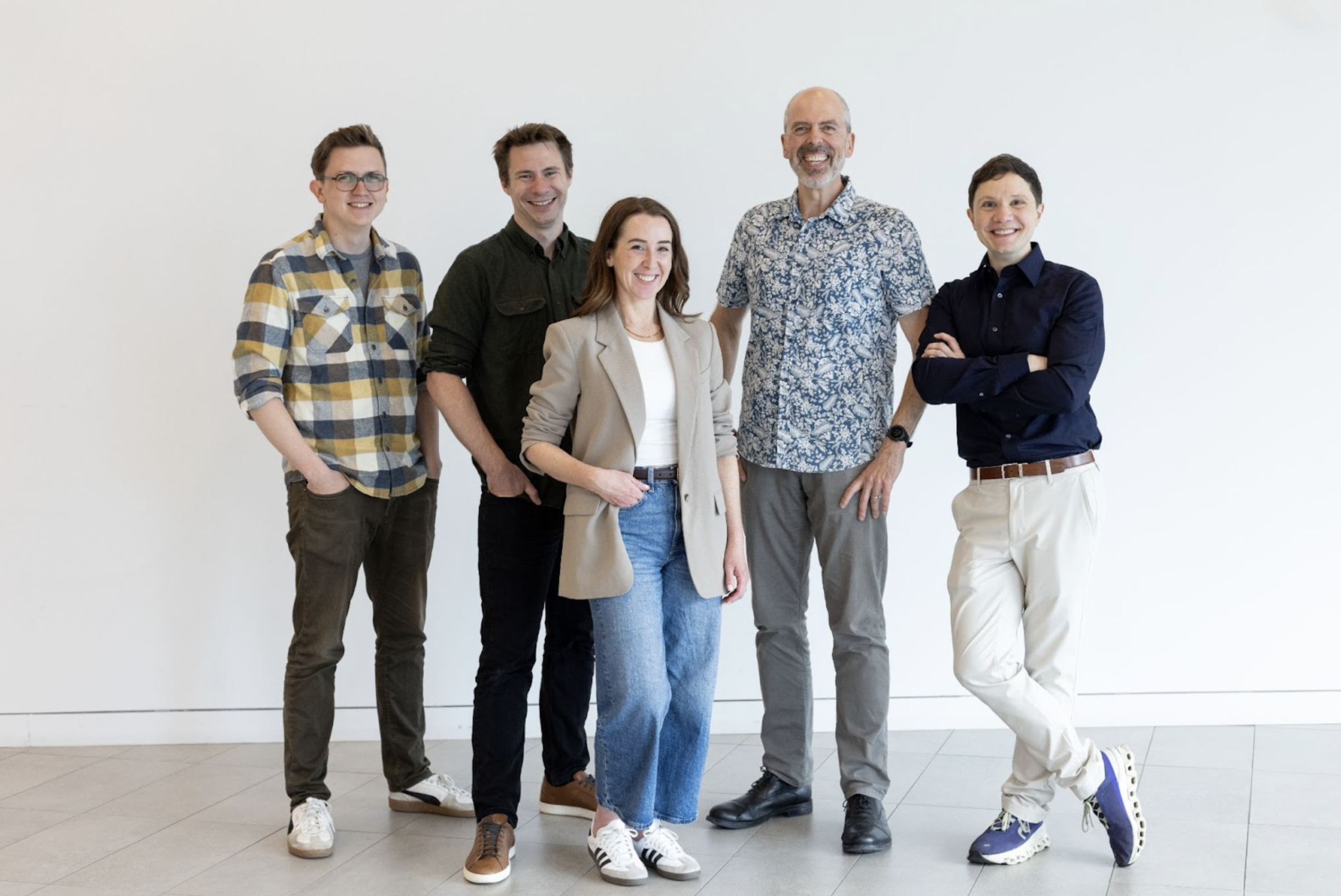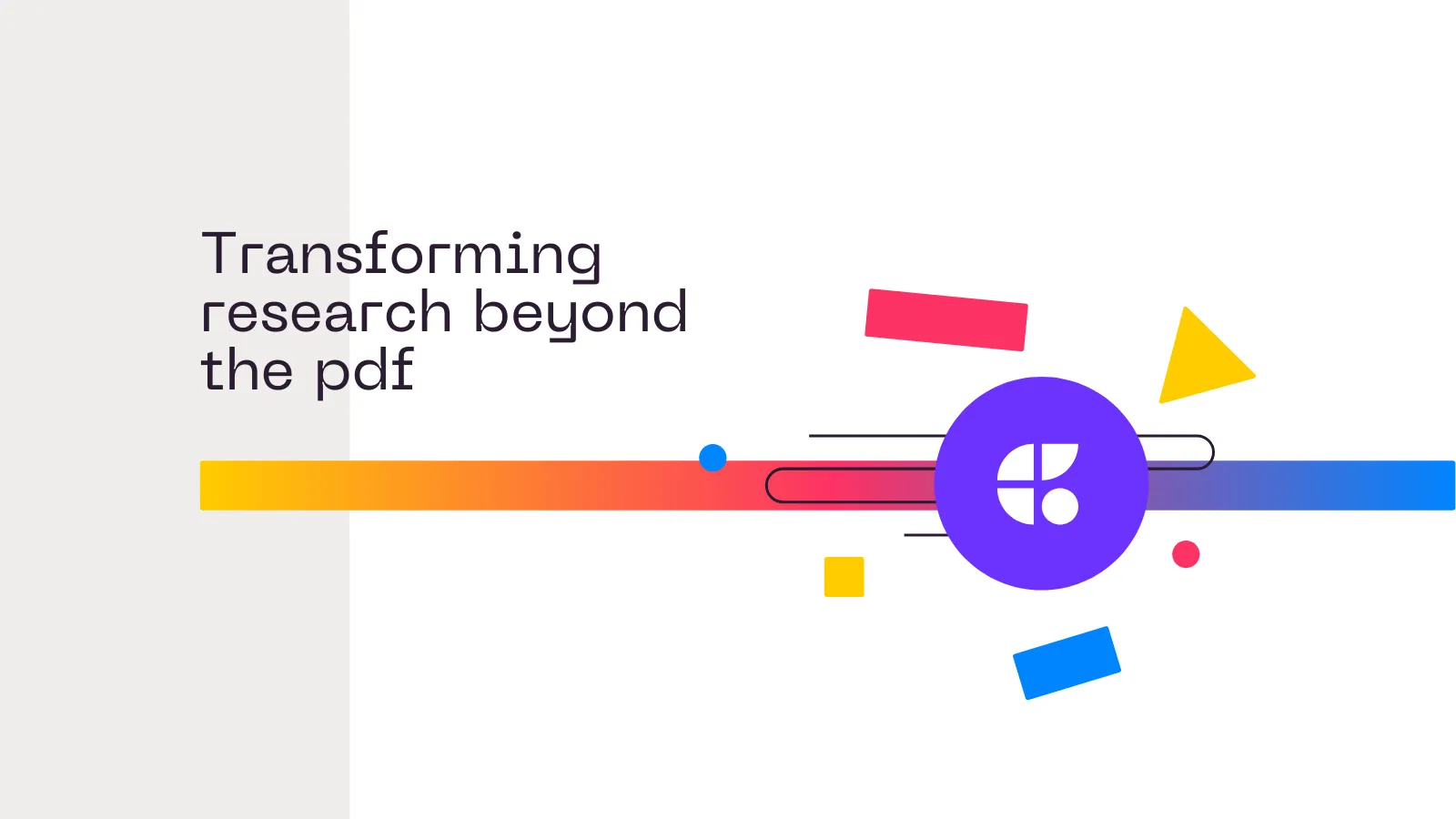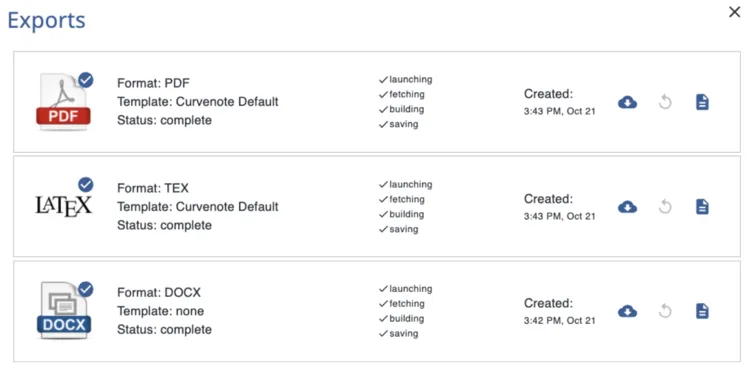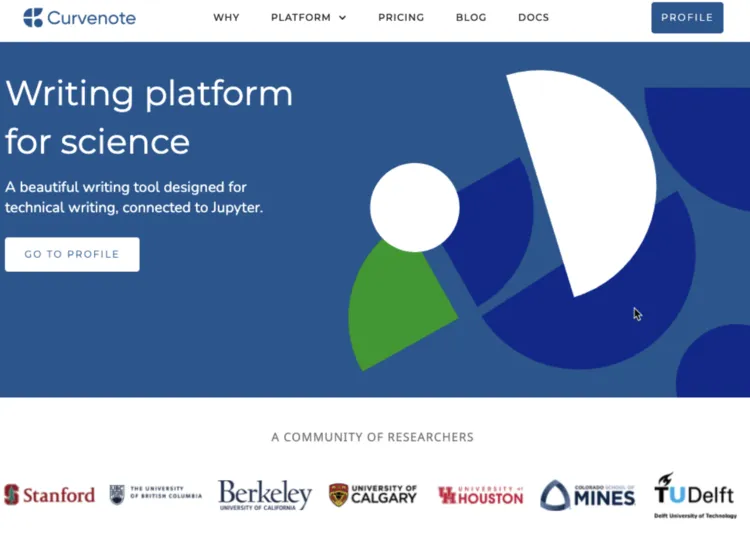From PDFs to Possibilities
Curvenote’s Mission to Modernize Scientific Communication
Welcoming product visionary Jillian Hale as we build a modular, dynamic future for research.

Meet our Curvenote Leadership Team
Where’s that figure from the microscopy talk last month?
If you’ve worked in a lab, you’ve probably asked (or been asked) that question. Science is full of breakthrough ideas, but they’re often scattered across drives, buried in slide decks, or locked away in PDFs that no one can easily search or reuse.
At Curvenote, we believe that the future of science shouldn’t be stuck in outdated systems designed for the printing press. Research deserves tools that match the way scientists work today: collaboratively, iteratively, and online. We’re building a platform that turns static outputs into dynamic, modular, and reusable building blocks of knowledge.
This fall, we’re preparing to launch a major evolution of the Curvenote platform, and we’re thrilled to welcome Jillian Hale as our new Product Lead to help shape this future.
Why Jillian Joined Curvenote¶
Jillian’s background spans product strategy, communication, and platform design. She brings a unique blend of user-centered thinking and a deep respect for how scientific work gets done.
“Since completing my own graduate studies over a decade ago, I realized publishing formats haven’t really changed,” she says. “Despite all the digital tools we have, science is still formatted for print, and that doesn’t do justice to how visual, interactive, and collaborative research really is.”

Jillian Hale joins Curvenote as a Product Lead.
Before joining Curvenote, Jillian was building platforms that helped tourism operators punch above their weight, reaching global audiences and creating meaningful connections. She sees the same opportunity in science: researchers with world-changing discoveries, stuck using legacy tools that weren’t built for collaboration, modularity, or the speed of modern research.
“Science is full of brilliant findings, but they’re often locked away in PDFs or buried in file systems,” Jillian explains. “We need to make that knowledge easier to access, reuse, and connect, both inside and outside the lab.”
The Challenge Researchers Face Today¶
Across the research ecosystem, a common set of problems keeps showing up. Researchers struggle to find content they know exists, especially when it’s stored in different places or lacks clear context. New lab members often can’t get up to speed quickly because there’s no central, searchable system for presentations, methods, or past work. Even basic elements like figures and equations can be hard to retrieve or reuse without a lot of manual effort.
And while research is inherently modular—built from methods, data, code, and results—the current systems treat it as one long document. This slows down collaboration and makes sharing knowledge harder than it should be.
A Modular Future for Science¶
Curvenote is building for a future where research outputs are modular, searchable, and alive. Instead of treating a paper as a final destination, our platform helps researchers manage the core components—like figures, methods, and code snippets—as reusable pieces that can be pulled into any format, from slides to manuscripts. With a relentless focus on researcher experience, Curvenote is pioneering tools that turn every piece of scientific work into a reusable, interconnected building block—transforming how knowledge flows across labs, collaborators, and the world.
“Think of it like building with Lego,” Jillian says. “Your research isn’t just one big block. It’s made up of smaller parts you can remix, share, and reuse. It should be as easy to pull a figure into your slide deck as it is to post an image on social media.”
This shift makes it easier for labs to stay organized, for researchers to discover relevant work, and for collaborators to move quickly across evolving projects.
What’s Coming This Fall¶
We’re gearing up to launch Curvenote’s next-generation platform this September, relentlessly enhancing our tools to lead the future of open science with greater adaptability than ever before. We’re giving you smarter ways to organize, search, and reuse research content. You’ll be able to reuse figures or results directly into other outputs without reinventing the wheel every time.
We’re also deepening integration with tools researchers already use, including Jupyter and MyST, to create a seamless experience across writing, presenting, and publishing.
“Scientists shouldn’t have to jump through hoops to reuse their own work. I want a world where grabbing a figure for a talk or a grant is as easy as dragging and dropping it into place.”
Follow along for what’s coming next and get ready to experience a more modular, dynamic future for scientific communication.





